Lean Fundamentals Bundle
Improve productivity, enhance team collaboration, and streamline processes to create value and solve problems effectively.
Location
Online – On-Demand, Self-Paced
Why you should attend
Get a strong start in you and your team's lean journey, or fill in any gaps and refresh lean thinking knowledge and skills. Level set your teams lean capabilities by having them complete these three foundational courses.
Cost
Individual Bundle: $749 for a single user
Contact us for Enterprise Bundle Pricing »
Access is for 1 full year from date of purchase.
Intro to Lean Thinking and Practice
Accelerate lean adoption in your organization by leveling up your team’s knowledge of the essential components of lean thinking and practice, including the philosophy, principles, concepts, and tools. Upon completion, your team will be able to:
- Recognize where and how to apply lean principles, systems, and concepts, to increase value and eliminate waste in your daily work.
- Resolve business challenges by using scientific method, PDCA-based problem-solving.
- Identify work activities as being “value-add,” “incidental,” or “waste” and understand how all three affect workflow efficiency and productivity.
- Understand the five dimensions of the Lean Transformation Framework (LTF).
- Explain why all five LTF dimensions are necessary for achieving lean transformation.
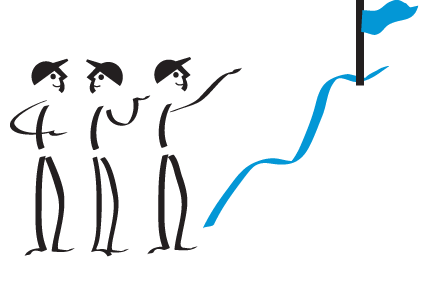
Intro to Problem-Solving
Learn and standardize your team’s approach to problem-solving by adopting this proven, systematic approach to resolving business and work process problems, including how to overcome the shortcomings of most problem-solving efforts: not understanding the situation and jumping to conclusions. Upon completion, your team will be able to:
- Build a foundational understanding of problem types and problem-solving.
- Identify the four types of problems.
- Resolve business challenges by using scientific method, PDCA-based problem-solving.
- Apply A3 thinking to solve problems.
- Clearly define problems, beginning with grasping the situation by gathering facts and data at gemba.
- Break down general, vague problems to specific, actionable ones that can be solved at the root cause.
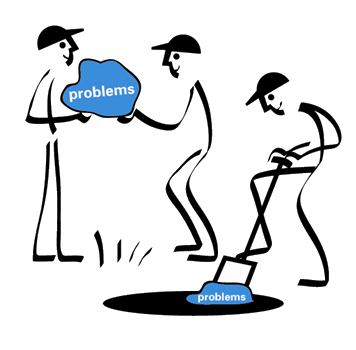
Learning to See Using Value-Stream Mapping
Discover how to move from a scatter-shot improvement approach — or worse, firefighting — that leads nowhere to a process that helps you develop a blueprint of improvements that will achieve your organization’s objectives. Upon completion, your team will be able to:
- Execute the value-stream mapping process.
- Establish a direction for the company’s improvement efforts, ensuring that improvement efforts eliminate problems customers deeply care about
- Gain a better understanding of the linkages between material and information flow
- Create the basis for an effective lean implementation plan by designing how your organization’s door-to-door material and information flow could ideally operate
- Give operators, engineers, and managers a common language and process for continuous improvement]
- Avoid the common mistake of cherry-picking individual lean tools, which creates isolated islands of improvement and limited benefits
- Plus, the workshop is based on the tested and proven methodology created for LEI’s popular Learning to See workbook , translated into 16 languages, and recipient of a Research Award from the Shingo Institute at the Jon M. Huntsman School of Business, Utah State University
* Live coaching is not included in the this bundle.
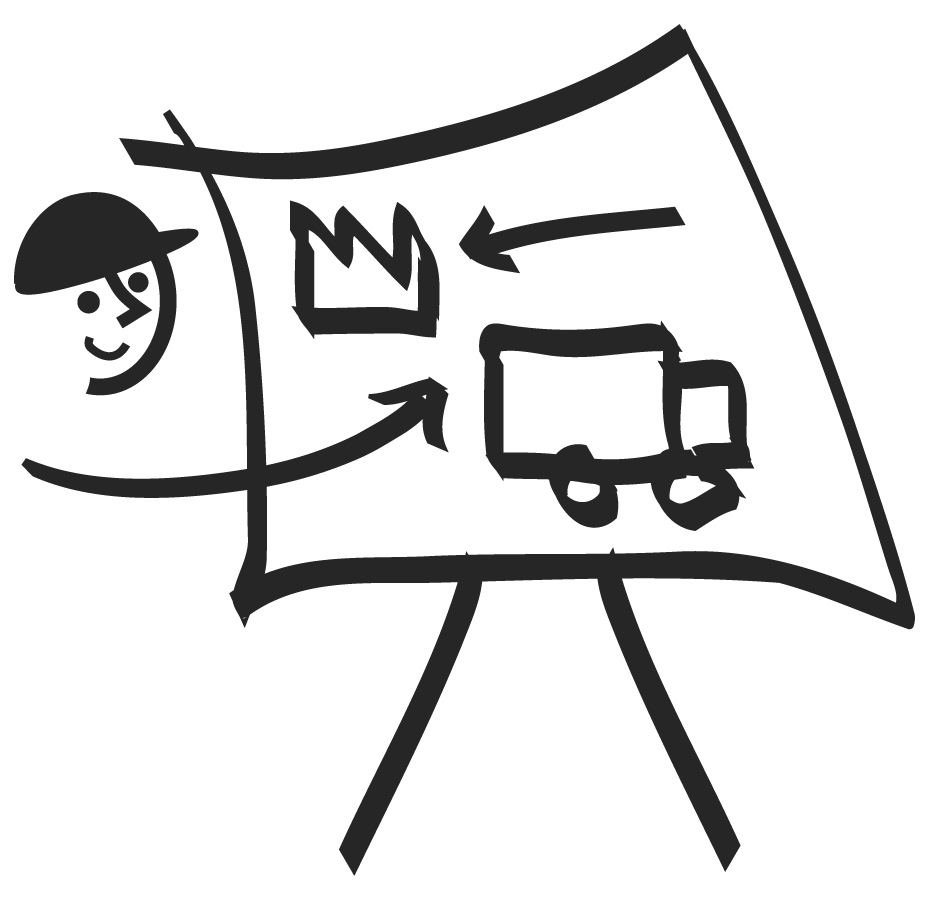
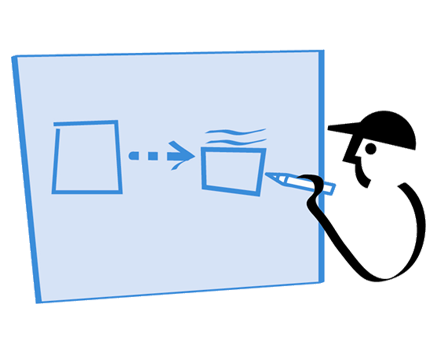
Individual Bundle
Lean practitioners, you can enhance your career prospects by getting a firm grounding in lean thinking and practice. By completing the three foundational lean courses, you’ll ensure you get a strong start in your lean journey or fill in any gaps and refresh your lean thinking knowledge and skills.
Register for Individual bundle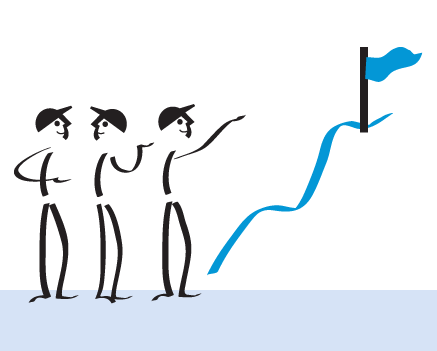
Enterprise Bundle
Leaders and managers, level set your team’s lean thinking and practice knowledge and skills. Give everyone in your organization access to three foundational lean learning courses for six months, and your teams will begin using a common language and standardized lean practices — and accelerating lean adoption — by studying and discussing the material, completing hands-on exercises, and reflecting on what they’ve learned together.
Inquire about Enterprise pricingRelated Events
April 17, 2025 | Morgantown, PA